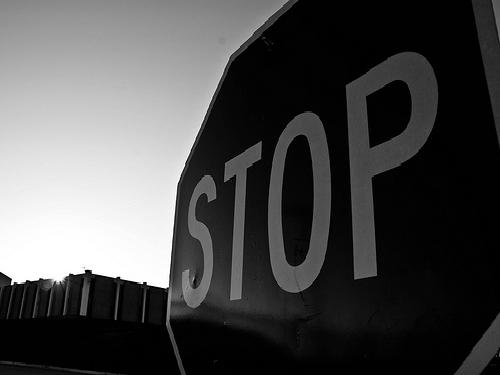Systems to weather the volunteer flood

Jelenko Dragisic could run an IT shop and enjoy the triple figure salaries that come with it. But his childhood spent as a refugee in war-torn Yugoslavia burnt a stark impression that drew him to more philanthropic ventures.
As the chief operating officer of Volunteering Qld, Dragisic has flexed his programming training and business acumen to achieve an amazing amount of technology bang for buck and revolutionise the effectiveness of volunteering across the state.
His planning was tested to its fullest during cataclysmic floods that ravaged Queensland last month. Those floods saw some 65,000 volunteers offer to help clean-up the devastated state.
Unfortunately, 10,000 people were turned away, partly because the volunteers didn't have skills, but also partly because there were no adequate systems in place to allocate them.
Having to turn away willing manpower was a bitter blow to the volunteer movement. "It's a big mistake for thousands of people who turned up with mops and buckets to be told to go home. Imagine if that happened in the workplace?" Dragisic said.
Now technology is helping to prevent a repeat.
Volunteering Qld is charged with delegating volunteers to needy non-profit organisations across the state. The Red Cross and the Salvation Army, for example, can turn to the organisation to source volunteers who have registered their intention to help.
The operations are hinged on a home-built spreadsheet-based database that, weeks prior to the flood, was ripped out to be replaced by a Salesforce product after Dragisic approached the company's charity wing, which offered up its signature database for free.
It was integrated into the online Community Response to Extreme Weather (CREW) system built by Dragisic and students from the University of Queensland to help register the details of volunteers and record their skill sets.
But the new system was too young when the floods hit, and many non-profits bypassed it to independently call for as many unskilled volunteers as they could get.
"There are only so many positions available, and the majority were already taken up," Dragisic said. "A lot of people actually don't really want to volunteer — it's more of a heartfelt reaction."
Many volunteers were not prepared to take time off from their jobs, and many more simply wanted unskilled labour, while in reality some of the volunteer work was far more skilled. The level of training required for volunteer positions can sometimes be comparable to that of professional roles.
"They call all the organisations and it creates a mess because the charities do not want to tell them no. Then they are aggravated and feel rejected." This is known in the industry as the spontaneous volunteer, and it is a pain for planning.
Volunteer Qld now has about 50 organisations that have signed on to source help from the CREW database, triple the amount before the floods, and efforts are underway to recruit volunteers as an on-hand resource, managed through the CREW system.
However, Dragisic is quick to point out that technology is second fiddle to understanding the problem of volunteering and the mentality of those who offer to lend a hand.
Volunteers are also to be trained in their respective fields — be it counselling for lifeline, or rescue and repair for the State Emergency Service — which will make the recovery efforts process much more effective, and allow for more spontaneous volunteers to be used.
"Volunteers need to know how the organisation works … many people want to help, but they don't want to be trained or briefed — they want to work now. But that has issues to insurance and a host of other areas. It is very complicated," Dragisic said.
The act of volunteering should be more attractive to volunteers and to this end the organisation is creating an iPhone app that will allow users to access CREW, and be notified of relevant training and work opportunities.
It is due for release at year's end, by which time Dragisic expects many more non-profits to sign onto the CREW system. He said charities in other states have already flagged their interest in the model, but the organisation is restricted to operating within the state and so as yet cannot host a national database.
